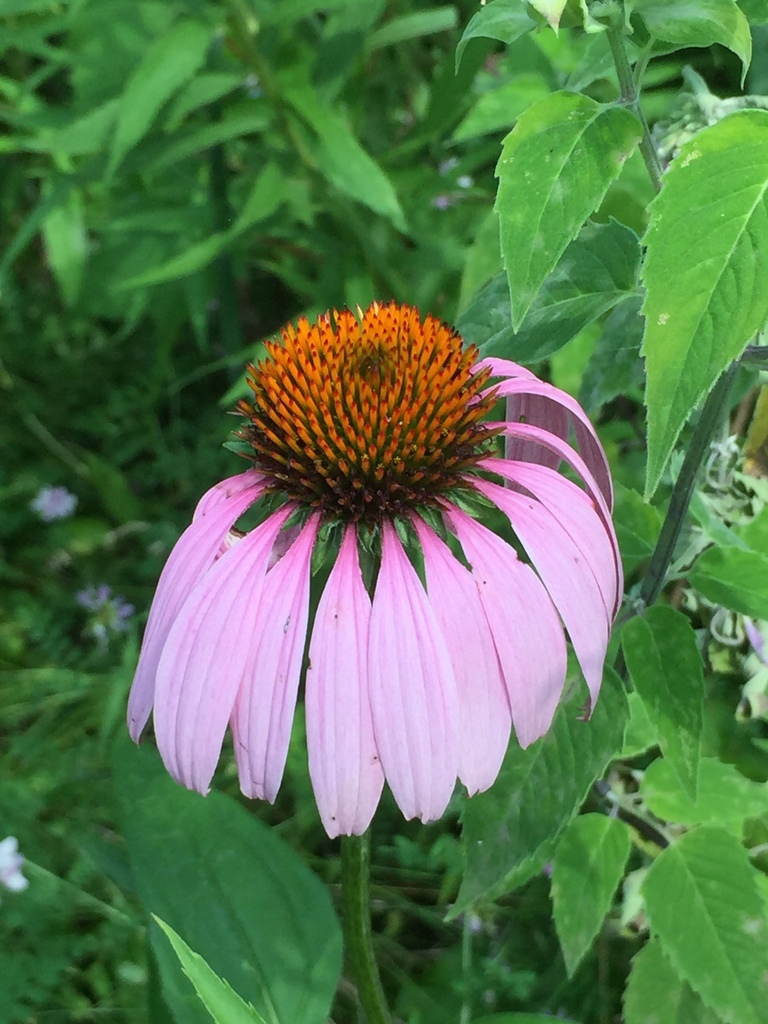In the spring of 2015, CILTI partnered with the Indiana Academy of Science for our first ever Bioblitz. We are excited to now have the full report from this Bioblitz survey that took place on 695 acres of the Hills of Gold Conservation area (including the Blossom Hollow and Glacier’s End Preserves). We are also excited that CILTI’s Executive Director, Cliff Chapman, was an author on this published report.
This event brought 75 scientists, naturalists, and students who volunteered their expertise and time. Thirteen taxonomic teams were put together; the taxa included: bats, beetles, birds, fish, freshwater mussels, herpetofauna (reptiles and amphibians), lepidoptera (butterflies and moths), mammals, mushrooms, nonvascular plants, snail-killing flies, spiders, and vascular plants. In the end, the teams reported 548 taxa.
To read the published report, click here.
2016. Proceedings of the Indiana Academy of Science 125(2):126–136. Published and provided by the Indiana Academy of Science.
Communications Director
Shawndra is in charge of sharing our story and connecting you to our work. Through our print and online materials, she hopes to inspire your participation in protecting special places for future generations.



